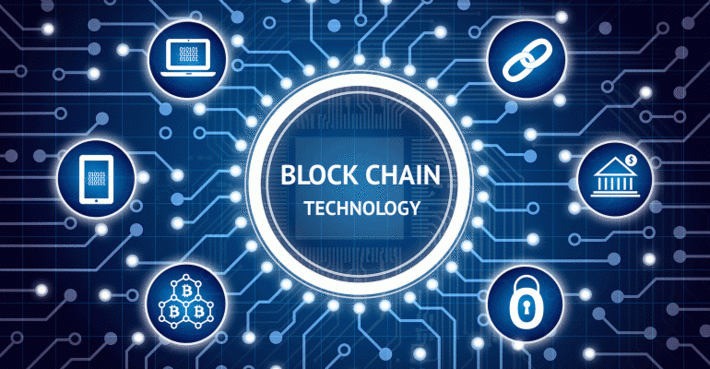
If you want to know about cryptocurrency, you need to know what blockchain technology is. Surprisingly, more people actually know what Bitcoin is, without any knowledge about the underlying technology which supports this popular cryptocurrency. Bitcoin works through blockchain technology.
It will be wise to understand the advantages and disadvantages of utilising blockchain networks. Blockchain networks have three main features: Transparency, immutability and decentralisation. What do these terms mean?
Many experts on blockchain have likened blockchain networks to a document on Google Sheets, where users are able to simultaneously see the changes made to the document at the same time. Once information is entered into the document, it cannot be changed by any single party, which means that the information you see is accurate at any given time. Most importantly, no single entity controls this network and information entered into the system is checked against multiple other computers, and this ensures that blockchain networks are decentralised, safe from the manipulation of a centralised, overarching individual, company or authority. In the past, we are left entirely in the dark if centralised controllers hid any transactions or information from users.
Once a decentralised system is established, we can more or less do without intermediaries, and the technology helps reduce costs and minimize the number of steps of any transactions.
Nowadays, intermediaries play a vital role in various activities such as money transfers, stock exchanges, and stock trading as well as in an election. With blockchain technology cutting off the intermediaries, however, our world will be exponentially changed.
How did the term ‘blockchain’ come about?
The name of this technology is derived from the words “Block” and “Chain”.
This means that each unit is centralized in itself while connected to each other like a chain. Instead of intermediaries to approve transactions, nodes will do this job, which in the world of blockchain and crypto is referred to as a “Smart Contract”.
Where can blockchain be applied?
The financial industry is expected to be the first to use this technology because it reduces many processes and lowers the costs of transactions significantly. Central banks and financial institutions around the world are considering using blockchain. Once transaction costs are lower, customers can enjoy lower bank fees.
When borrowing money from banks, a branch in a provincial area must request credit data from its headquarters, which takes some time. With blockchain technology, everyone in the system can check each other’s credit information, and the technology helps streamline the process.
Some countries are even starting to think of using the technology for elections as everyone can check their votes through the blockchain technology.
In addition, blockchain is being used across a myriad of industries such as real estate, energy, agriculture, and many more. In the future, we cannot avoid the technology in our daily lives.
Just as the WWW (World Wide Web) is important to the world, blockchain will play a vital role in the world in the future as well.


